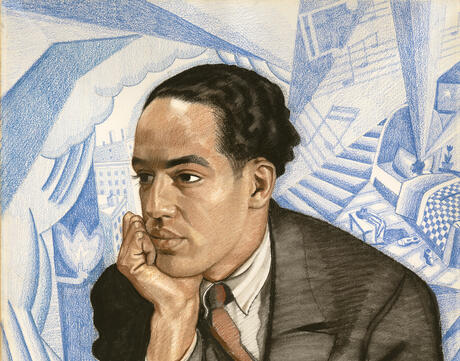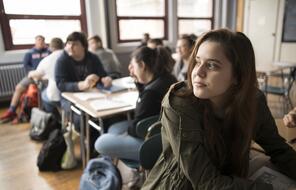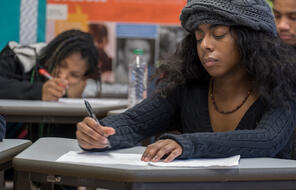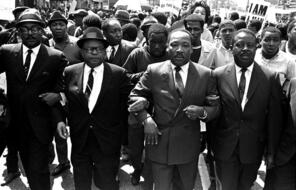
Introducing Freedom Dreams: Culminating Lesson
At a Glance
Language
English — USSubject
- History
- Social Studies
Grade
9–12Duration
Two 50-min class periods- Democracy & Civic Engagement
Overview
About This Lesson
In this lesson, students explore the concept of a “freedom dream,” coined by historian Robin D. G. Kelley to describe the power of imagination as a tool for individual and collective liberation. Students will create their own working definition of “freedom dreaming,” dissect the prompt for the final project, and journal initial ideas.
Lesson Plans
Activities, Day 1
Activities, Day 2
Materials and Downloads
Quick Downloads
Download the Files
Download allGet Files Via Google
Introducing Freedom Dreams: Culminating Lesson
Unlimited Access to Learning. More Added Every Month.
Facing History & Ourselves is designed for educators who want to help students explore identity, think critically, grow emotionally, act ethically, and participate in civic life. It’s hard work, so we’ve developed some go-to professional learning opportunities to help you along the way.
Exploring ELA Text Selection with Julia Torres
On-Demand

Working for Justice, Equity and Civic Agency in Our Schools: A Conversation with Clint Smith
On-Demand

Centering Student Voices to Build Community and Agency
On-Demand
















